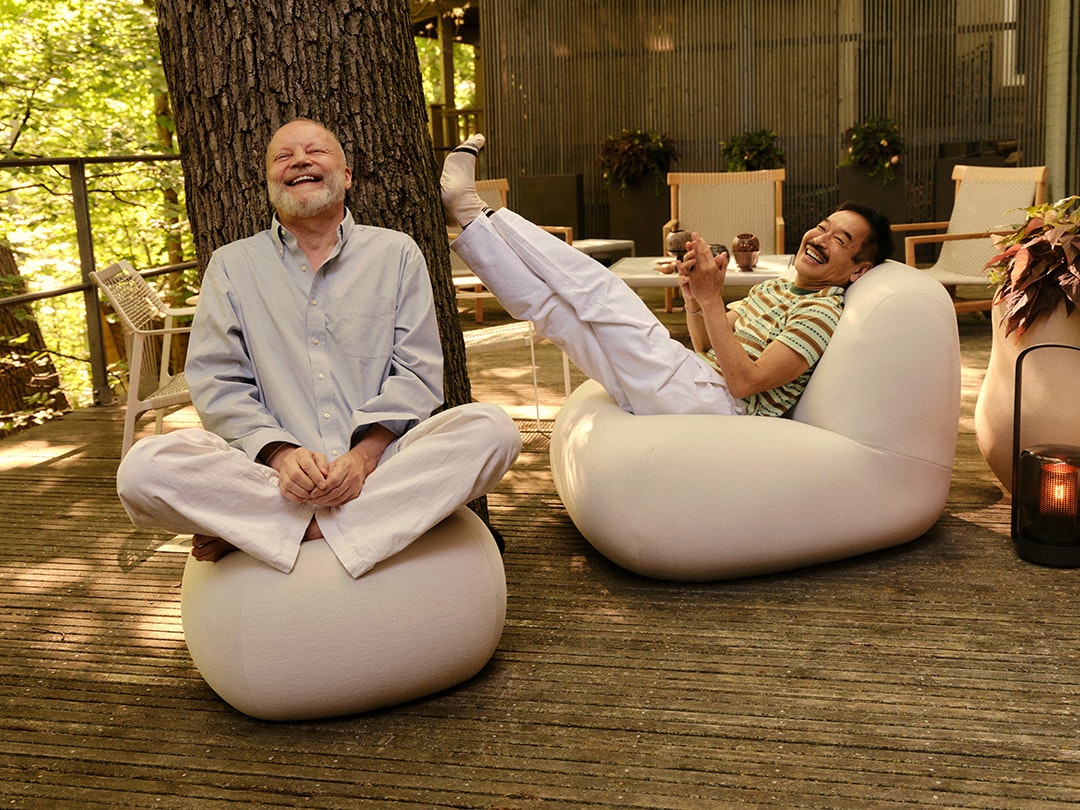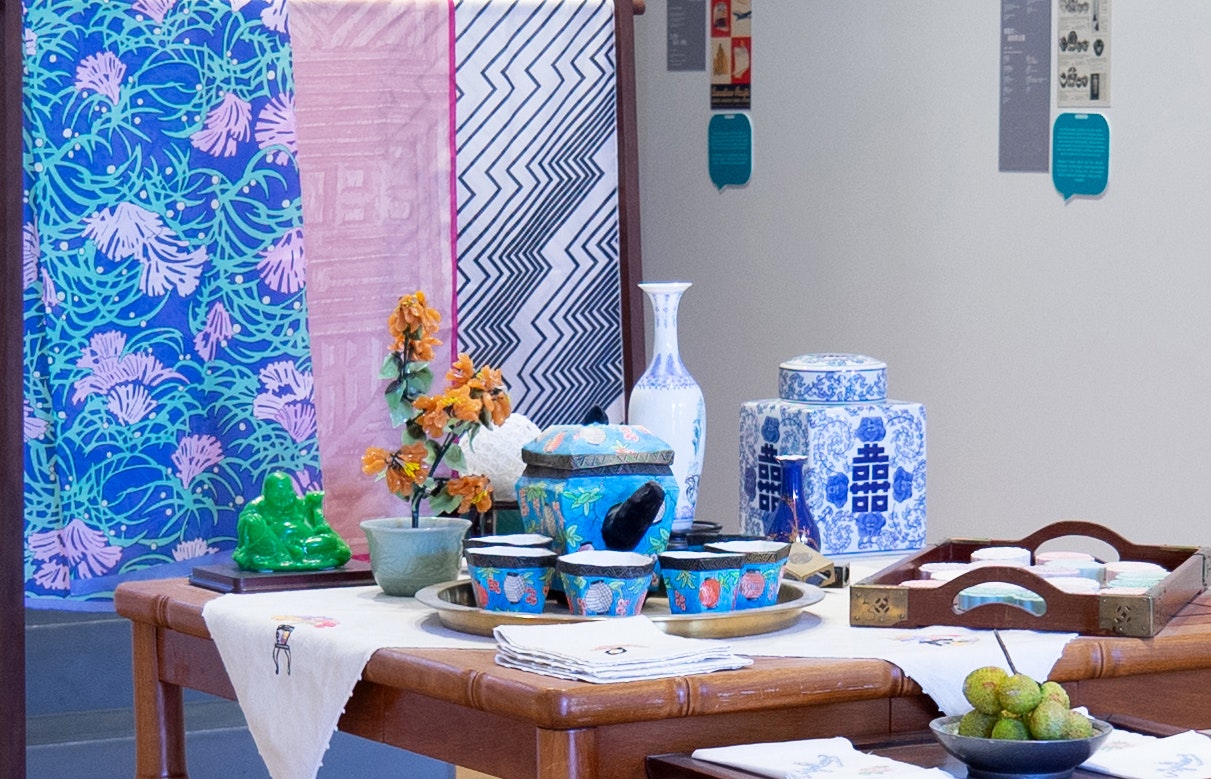Canada's Art Fair
Yabu Pushelberg on Collecting
George Yabu and Glenn Pushelberg of Yabu Pushelberg share how their art collection has evolved, reflecting on key pieces and the stories that connect their passion for art with their creative work.
A Design Journey with Anna Tran
This year, Art Toronto's public spaces transformed into a realm of movement, reflection, and sensory connection, thanks to the visionary design of Anna Tran.
2025 Exhibitors
View our 2025 lineup which features an incredible range of galleries from across Canada and around the world, including Buenos Aires, Frankfurt, London, Mexico City, New York City, Santiago, Sydney and more.
In the News
Read and Watch coverage of Art Toronto from leading national and international titles such as The Art Newspaper, Artnet, The Observer, Culture Type and more.
Arte Sur
Arte Sur, a new section that debuted at Art Toronto 2025, celebrated the vibrant artistry of Latin America and was curated by the renowned Karen Huber.
Talks and Tours
Platform Talks feature thought-provoking conversations with distinguished art experts from Canada and beyond, while Curated Tours provide guided experiences led by art experts, collectors, and curators. Both are integral parts of the programming.
Discover, presented by RBC
Discover, presented by RBC, featured eight selected galleries that showcased emerging and reemerging artists.
Generations
The program introduced in 2025 featured galleries showcasing curated exhibitions with multi-generational artists.
Installations
Uniquely designed spaces offered an immersive experience across the fair.
Focus Exhibition
The exhibition Fly Bird Fly, curated by Dr. Zoé Whitley, explored the wisdom inherited from our elders and how these lessons might be reshaped
We are in the news!
Read and Watch media coverage of Art Toronto from leading national and international titles.











